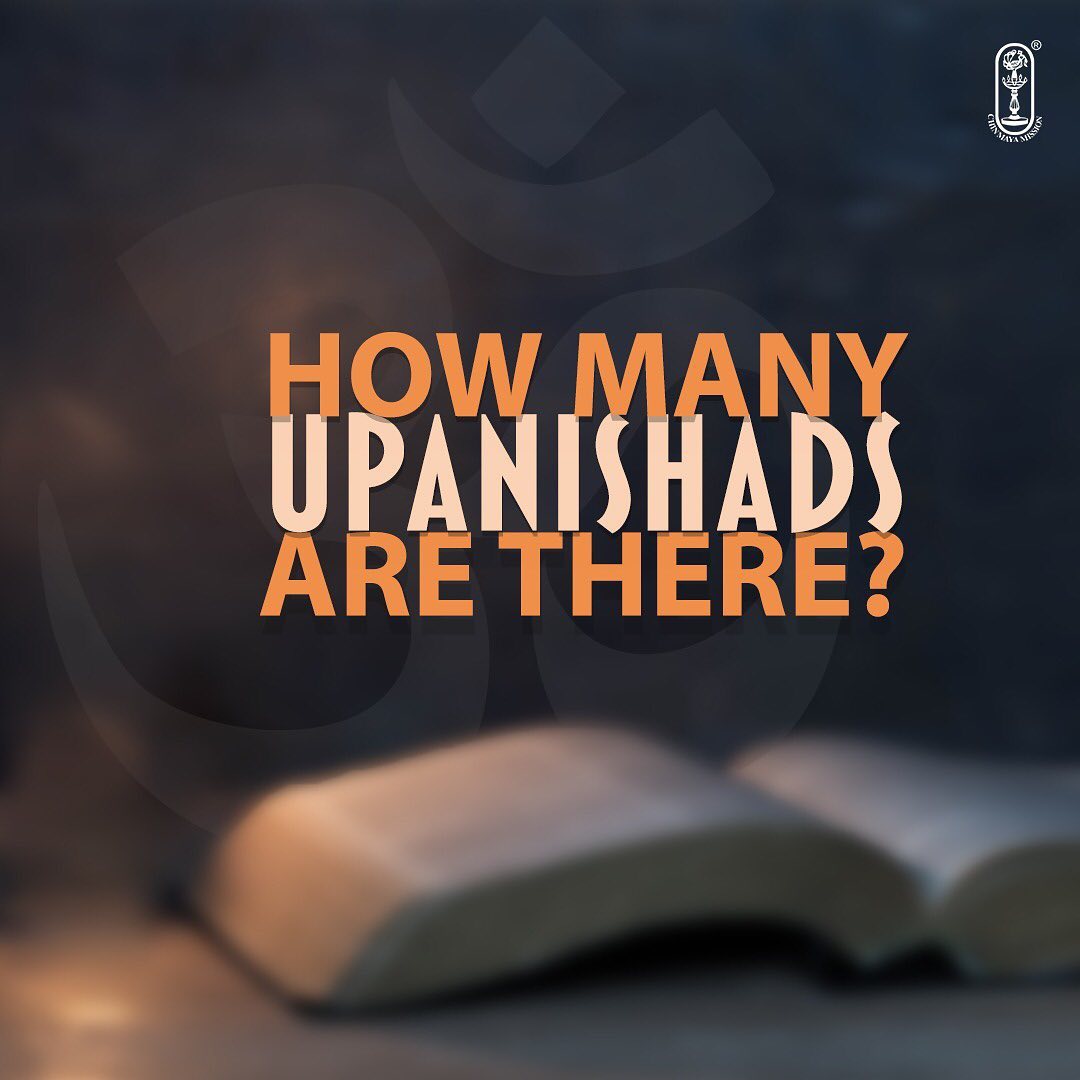TAITTIRIYA UPANISHAD – 3 : by Rishi Yajnavalkya.
==============================================================
=============================================================
Reflections : by Swami Gurubhaktananda : on the Series of 14 Lectures by Swami Advayananda Ji Acharyaji for 15th Batch Vedanta Course at Sandeepany Sadhanalaya, Powai, Mumbai. March 1st – March 16th, 2013.
===============================================================
SERIES THEME: “Piercing the Clouds; Crossing the Seas”.
===============================================================
Saturday, March 19, 2022. 19:00.
Chapter-1.On the Science of Pronunciation etc.
Shiksha Valli or Samhiti Upanishad :
The Science of Vedic Chanting :
PART 1: 12 No.Chapters ( Anuvakas )
================================================================
Sikshana Sastram
Chapter- 1.2:1 : Science of Vedic Phonetics
==============================================================
Mantram - 1.2:1: Science of Vedic Phonetics
1.om sheksham vyakhyasyamah;
2.1.varnah swarah;
2.2.matra balam;
2.3.sama santanah;
3. iti uktah sheksha dhyayah.
================================================================
Translation :
1.om sheksham vyaakhyaasyaamah; = Om. the Science of Phonetics, shall
now be explained by us. (It has 6 constituents . . .)
2.1. varnah swarah; = 1 Accent or quality of sound, the 2 pitch or
level of sound;
2.2. matra = 3 Measure, and the effort put into articulation;
2.3. sama santanah; = Uniformity of 5 speed; continuity or
smooth 6 flow in recitation;
3 iti uktah sheekshaa dhyaayah. = Thus has been explained the Science of
Phonetics.
=============================================================
Commentary :
The Rules in Sheksha:
There are 6 constituents in the Science of Phonetics or Mantras :
i) Varna: the “basic sound” of alphabets or letters. There are 9 basic vowels; 6 combined vowels; 25 consonants; 4 semi-vowels; 4 Ushmana or aspirated consonants; and 3 main consonant combinations. This adds up to 51 characters in the full Samskrit alphabet, which is double the number of letters in English.
ii) Swarah: “accent or pitch” of the voice. In Vedic chanting, three notes are identified. They are Udata (elevated), Swaritah (normal), and Anudata (depressed or unaccented or low). In text these are clearly marked with strokes above or below the respective alphabets.
iii) Matra: this is the “measure of time or duration” for each syllable. Hraswa is the normal, short, single length duration. Deergha is the double or elongated length. Pluta is the multiple length, i.e. 3 or more Matras.
iv) Balam: This is the “strength” of the voice for a particular syllable. It indicates emphasis. A strong emphasis requires more effort in pronunciation.
v) Samah: this is “uniformity” in the speed of the chanting. It is equivalent to rythym or beat in music. It should be quite brisk, sufficient not to make the recitation boring, but slow enough so that the letters can be heard clearly.
vi) Santana: this controls the “flow and continuity” of the recitation. The Sandhe points require special attention in Santana. Samhita is another term used for these junctions.
=============================================================
The next section deals more with Samhitas or Sandhes.
================================================================
Next - MAHA-SAMHITA UPASANAS
Chapter- 1.3 : The “Great Word-Junctions”
==============================================================
1.3.1a Prayer by Teacher and Student :
To be continued .....
===========================================================






.jpg)

Comments
Post a Comment